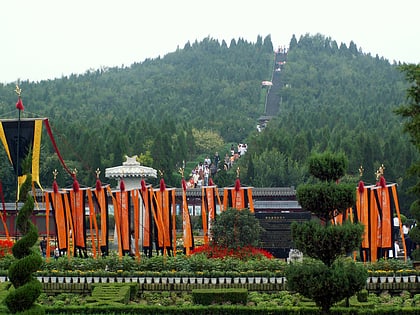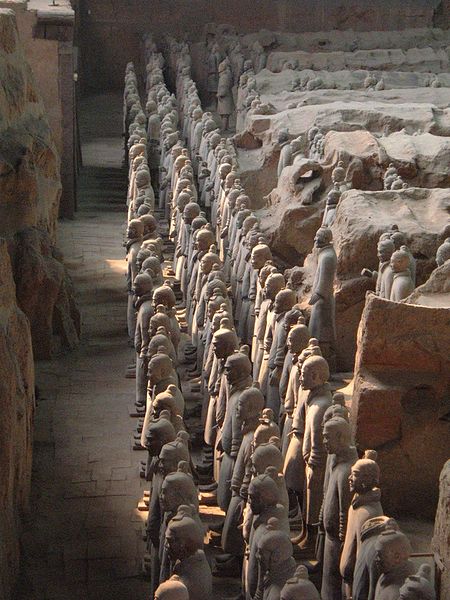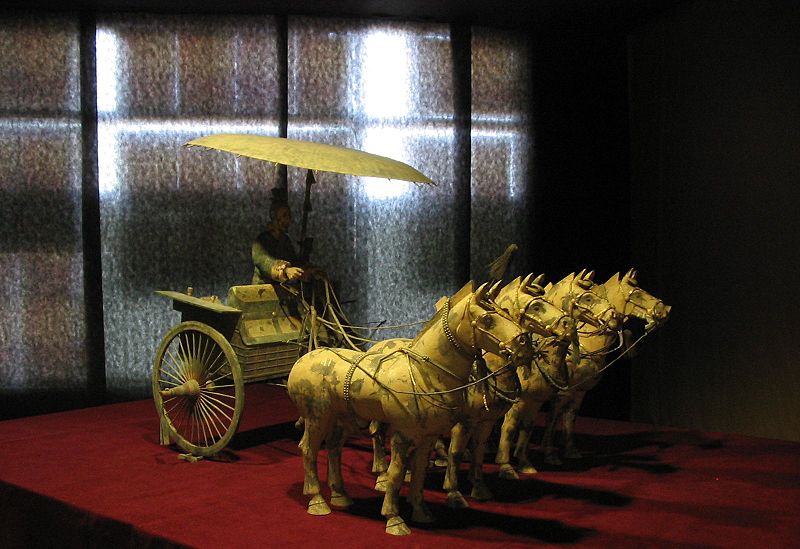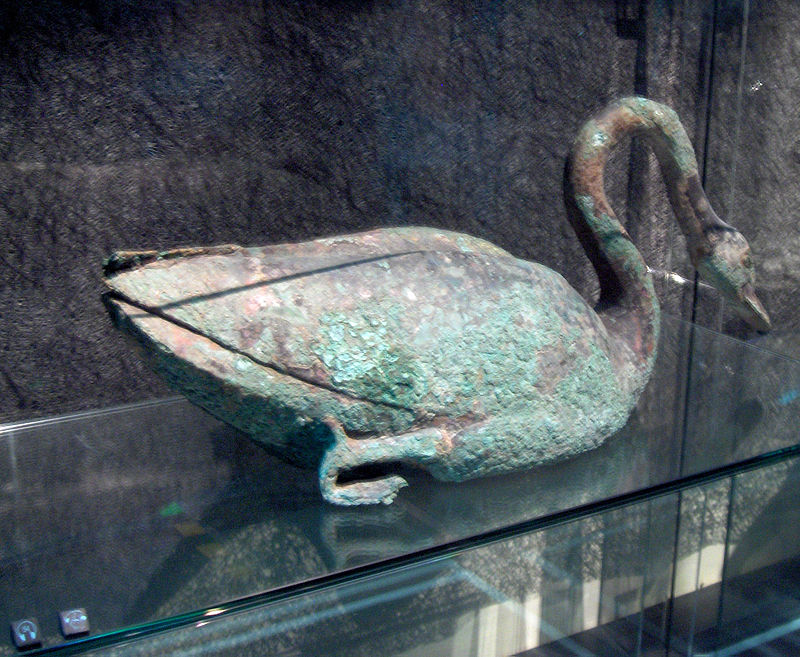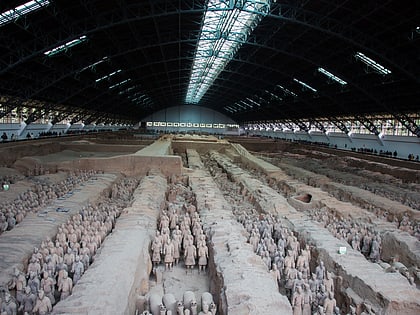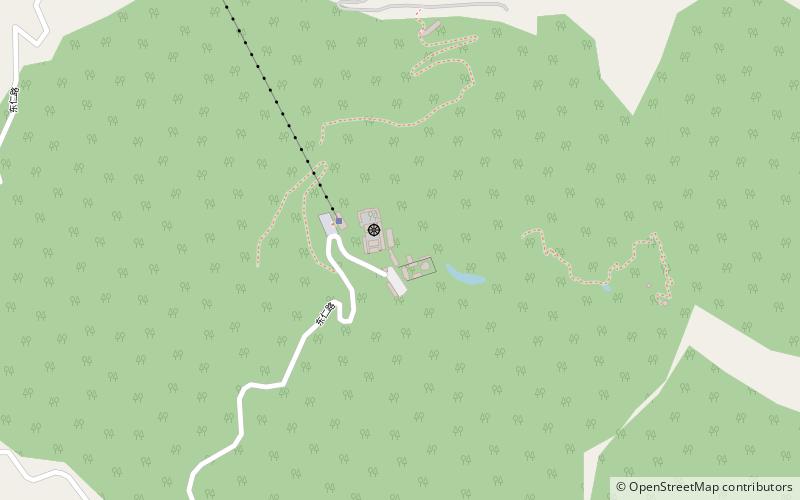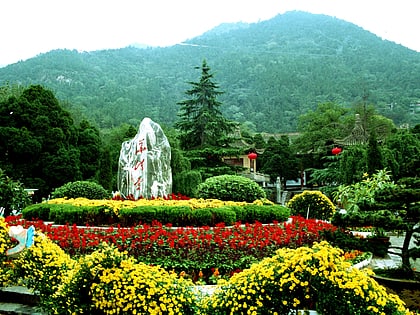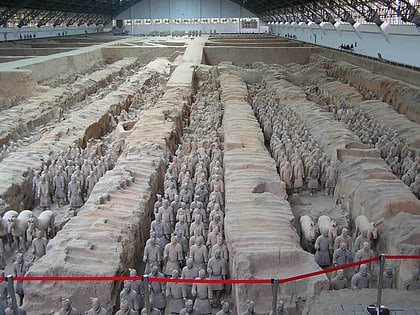Mausoleum of the First Qin Emperor
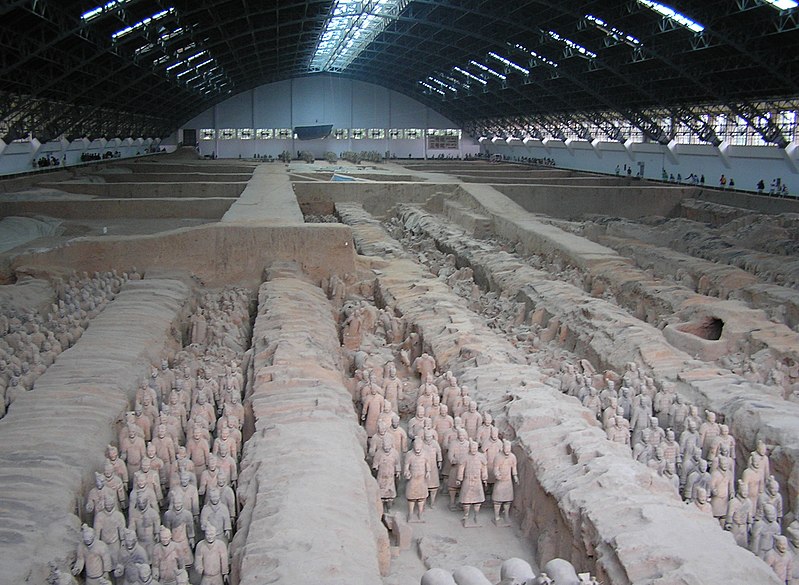
Facts and practical information
The Mausoleum of the First Qin Emperor, located in Shaanxi Province, China, is an ancient architectural marvel and a testimony to the grandeur of China’s first imperial dynasty. Constructed over 38 years, from 246 to 208 BCE, this mausoleum is the final resting place of Emperor Qin Shi Huang, known for unifying China and founding the Qin Dynasty.
Spanning over 56 square kilometers, the mausoleum is a vast complex that includes the emperor’s burial mound, which remains unexcavated, and a surrounding necropolis filled with terracotta warriors, horses, and chariots. These terracotta figures, discovered in 1974, are life-sized and were meant to protect the emperor in the afterlife. Each warrior has distinct facial features, clothing, and weaponry, showcasing the exquisite craftsmanship of ancient Chinese artisans.
The site is one of the most significant archaeological discoveries of the 20th century and offers profound insights into the Qin Dynasty's military, cultural, and political life. It was designated a UNESCO World Heritage Site in 1987, underlining its global historical and cultural significance.
Mausoleum of the First Qin Emperor – popular in the area (distance from the attraction)
Nearby attractions include: Terracotta Army, Li, Huaqing Pool, Lintong District.
